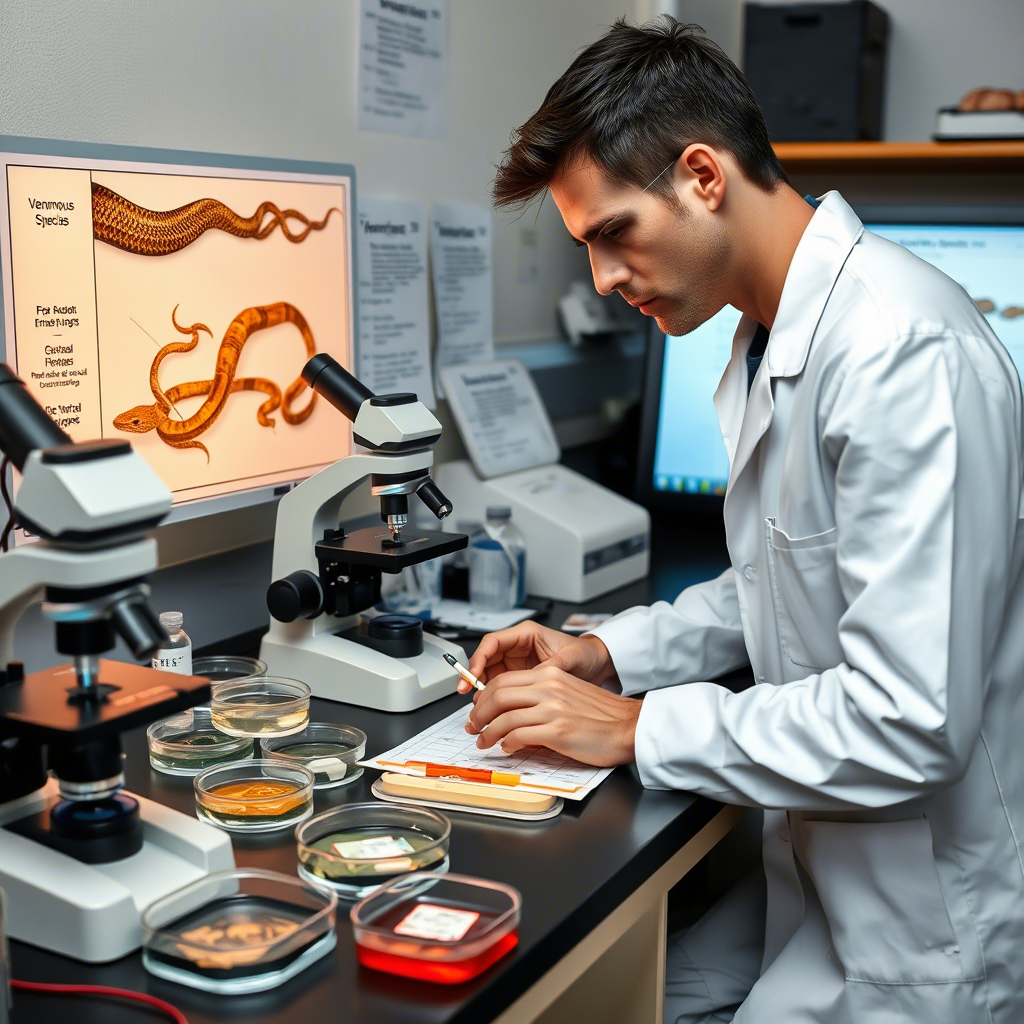
Introduction
Life’s fundamental processes rely on the ability of proteins to self-assemble into Complex structures, forming molecular machines that drive everything from photosynthesis to muscle contraction. Inspired by nature’s sophisticated protein assemblies, scientists have spent decades designing artificial protein structures with novel functions. The rational design of protein self assembly is an interdisciplinary effort, merging principles from biophysics, supramolecular chemistry, materials science, and computational modeling. This blog explores how researchers are mastering the complexities of protein self-assembly to create innovative materials and functional architectures.




